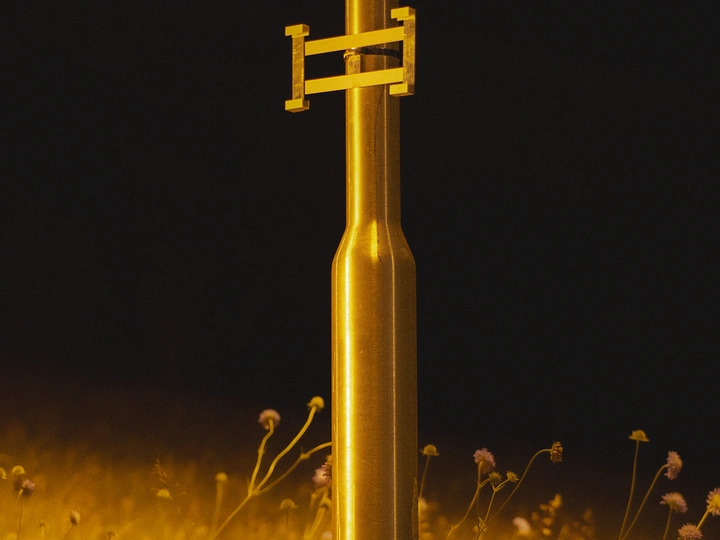the sign are collapsing, and no longer certain

Moving between rural regions and cities, as well as between a writing and a material-based practice, I shift between working alone and collectively.Trained as an architect and navigating life as a chronically ill queer person, my practice revolves around the question of how to live together—with a focus on companionship and other forms of resistance. Bridging these interests with environmental questions and the climate crisis, I investigate the landscape(s) of thought and matter and the language(s) available to navigate the present.
—FORMAL
14/ Architecture /Technical University of Innsbruck
16/ Photography /Academy of Fine Arts Leipzig
17-21/ BArch, Institute for Art and Architecture /Academy of Fine Arts Vienna
21-23/ Studio for Immediate Spaces /Sandberg Instituut, AMS
23/ MA Interior Architecture, Thesis: Tender and Toxic Tales: an exploration of the Possibilities of Vacancy in rural landscapes
—AND
19/ organising (in a collective): symposium Transforming Practice - The architect is dead long live the architect; speakers i.e. dpr Barcelona, TXKL + New South
19-20/ editing: #1 and #2 of blank (publication)
19-21/ co-curating+moderating: after(normative)schoolclub, reading group on gender, queer and decolonial topics in architecture(education)
19-21/ Pixel, Bytes + Film stipend, shortfilm: BRUT & PARASIT (on destruction of woods, monoculture+climate chaos); w Martin Eichler+Ganael Dumreicher
22/ participating: OAT Academy: (RE)acting/(EN)acting - Collective Dissidence,Reclaiming the Neighborhood, AHO, Oslo
—INFORMAL
16/ Initiating+organising: SALON SENF; Schwaz (AUT), pop-up event venue w a 11-week program w discussions, screenings/ based on alternative economies
20-…/ climbing trees as a form of protest
23/ organising two discussions on the connection btw gentrification + squatting; Vossi, AMS
23/ Initiating + baking: in an anarchist bakery supporting the squatting scene+its spaces; various places, AMS
In my thesis “Tender and Toxic Tales” I explored the possibilities of vacancy in rural landscapes. I imagined 5 fictional scenarios on how vacancy could be used. With the contexts slightly shifting, they all were situated in the city I grew up in. As a worldbuilding strategy in my writing, I integrated dialect words used to refer to spatial directions, as well as toponyms. Referring to actual places, in different narratives, while using the same placenames weaved the stories together. Sometimes I would slightly change the toponyms used, as a story developed: Rote Bank (red bench) becomes Rote Burg (red castle), as the bench is swallowed up by the fortification of a house. Working with toponyms makes a bridge between two of my interests: the use of language and the use of landscape, and how they influence each other. This, for me, connects the responsibility of spatial practitioners towards the context they move in: what do we talk about, and how does this influence what we see?
The work explores the potentiality of language to shape our sense of and sensibility towards changing landscapes through toponyms—names of small geographical units defined by a specific feature, connected to a past or present moment of the place. Toponyms hold information and the potential to transmit the knowledge they carry, informing us about what the landscape experienced. Exemplified through the topography of the Austrian Alps, the question of what toponyms will tell us in the substantially altered world ours is becoming is asked—when, for example, the Lahnbach (slush stream) only carries dust. Photographs document the intervention in the city of Schwaz, Austria: Signs made of unburnt clay with toponyms written on them, mounted on metal poles. The toponym signs are understood as traces themselves, due to their materiality slowly dissolving over time, leaving behind metal brackets as a record of their existence.
The photographs are the first step in bringing the research into space.
